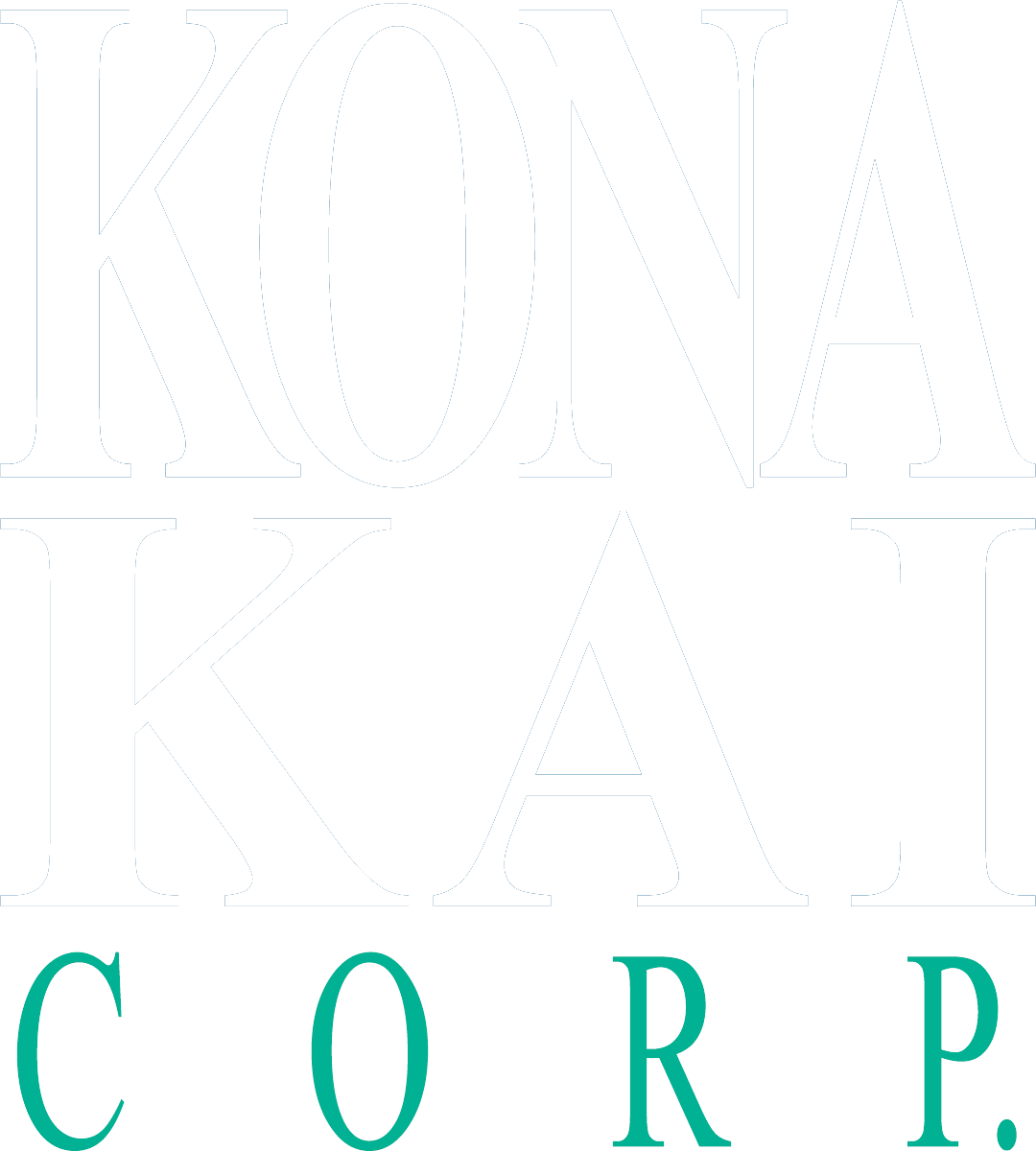The Benefits of Working with a Boutique Consulting Firm
Whether you’re looking for help with a special project, specific department, or need a fresh strategy entirely, choosing the perfect consulting firm can feel like a guessing game. Uncertainty can drive businesses toward the familiar or expected choices, leading them to select a consulting service with tens of thousands of employees, multiple headquarters, and big-time name recognition.
But as corporate clients who have worked with large and small consulting firms alike can all understand, bigger doesn’t always mean better. In this article, we’ll cover some of the key benefits of working with a boutique consulting firm to deliver optimum results.
Boutique Consulting Firms Have a More Complete Investment in Your Outcome.
Boutique consulting firms have fewer clients’ projects on their plate at any given time. This means that not only will your project have a greater share of their attention, they’re also likely to be more heavily invested in your particular outcome. With fewer employees, client relationships and client success are pursued and supported by everyone.
At a top-tier boutique consulting firm like Kona Kai Corporation, the closer-knit culture sets an expectation that each employee is accountable and responsible for their success in each client engagement.
When You Partner with a Boutique Consulting Firm, You’ll have Senior Leadership on Your Project.
At a smaller firm, clients are much more likely to deal with senior leadership. Of course, this leads to a greater pool of expertise and experience from which the client can draw. The accessibility to experienced strategists that clients are able to receive is second to none.
At Kona Kai Corporation, our leadership is directly involved in every project our firm takes on. In fact, when our firm takes on a project, the President of Kona Kai Corporation has daily contact with the delivery leaders, as well as weekly meetings with each client to ensure a successful outcome.
Our governance model, involving all stakeholders, ensures open communication at all levels and keeps all key personnel involved, informed, and accountable, working cohesively across business units. And when you have a question or concern, you’ll be able to get ahold of our leadership team directly.
Boutique Consulting Firms Offer Greater Flexibility and in Their Tailored Approaches.
One thing you’re sure to access when you work with a smaller consulting firm over a big name? Flexibility. Nothing about a great consulting firm’s approach to your project should be canned. But at larger firms, you may find a one size fits all approach to your unique business. This is a scenario that’s bound to lead to poor results for your business long-term.
Boutique firms, on the other hand, have the flexibility, space, and time to tailor their approach to your business. At Kona Kai Corporation, we pride ourselves on our increased agility and flexibility when compared to the often-seen siloed role structure in larger firms.
Resources at Kona Kai Corporation are empowered to make the right decisions for the success of the clients without running into roadblocks from upper management along the way. When you pull in a consultant, oftentimes your goal is to reexamine established operating procedures, not adhere to the established procedures of another company. At Kona Kai Corporation, we get that – we know you’re ready to implement changes when the time is right, and so are we.
When You Partner with a Boutique Consulting Firm, You’re Working with the Best of the Best.
Boutique consulting firms are typically founded and staffed by consultants who once worked at a big firm but found a better way to provide amazing services to their clients. When you partner with a smaller firm like Kona Kai Corporation, you’re partnering with a firm full of experts and diverse experiences.
What’s more, our experts begin tackling your project as an already fully formed and functional team. We’ve been working together on multiple projects for multiple years, so you can rest assured that you won’t be dealing with the growing pains of new teamwork dynamics within a group of new junior associates. With a small firm, you won’t have fewer experts working on your project, but you will have higher quality experts.
Boutique Consulting Firms Are Better Stewards of Your Resources
The consultants at Kona Kai Corporation establish close working relationships with our clients and serve as their trusted advisers over the length of a life-long partnership. This is one of many reasons Kona Kai Corporation sees so many clients become repeat clients, over and over again.
With fewer employees overall at Kona Kai, each consultant is skilled in more than one role. We have multiple resources that are multi-certified in program and project management, business architecture, and system development. The result? You get more for your time and money because we provide it.
When you don’t have resources to waste, seek out a partnership with a boutique consulting firm that sees you as more than a number, and treats your time and money as its own. Your needs, objectives, and budget are the drivers, with great consideration given to your tolerance for changing. Our engagement offers true partnership to identify optimal solutions for your business.
Looking for the Perfect Boutique Consulting Firm to Help You Meet Your Business’ Challenges Head-On? Look No Further.
Kona Kai Corporation is a boutique consulting firm that offers every bit of expertise you’ll find at the big-name firms, without any of the resource drain. We help clients transform digitally to improve human connections and optimize business performance.
Kona Kai has helped countless organizations in industries such as healthcare, insurance, distribution, telecom, and beyond, succeed in meeting new challenges head-on. If your team could benefit from the assistance of experts in change management, now is the time to contact Kona Kai and get going in the right direction.
INSIGHTS












